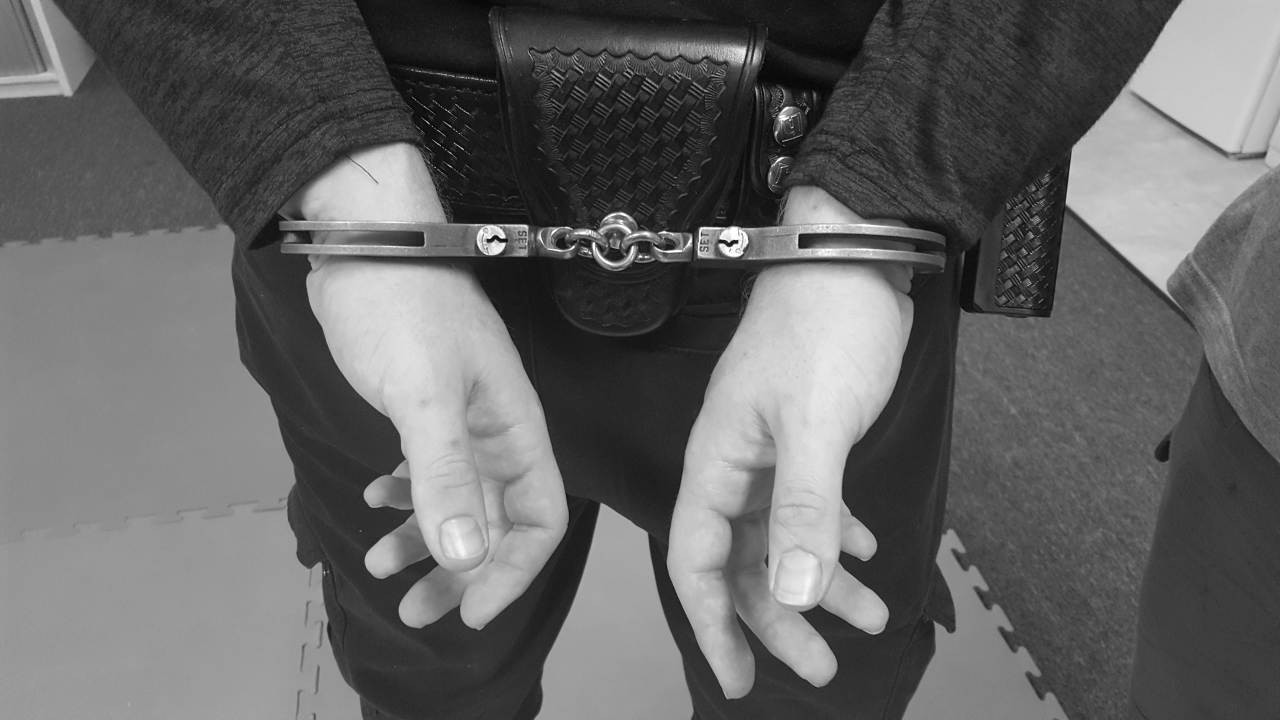
The use of Handcuffs in the Security Sector
Handcuffs are typically associated with law enforcement and criminal activity, but their use by people other than the police is a growing sector. As a professional & qualified Handcuff Instructor, Btech level three trained, it is pertinent that the laws around the use of both Mechanical restraints, and soft-cuffs are explained fully when carrying out training. The laws and regulations that govern the use of restraints are there to ensure they are used appropriately and fairly. Even though handcuffs are a vital tool for all officers in Law Enforcement, whether that be police or security, or even in secure hospitals, using them irresponsibly or excessively can result in serious physical and psychological harm to suspects.
In terms of their legality, handcuffs can be used by anyone in specific circumstances. Common Law permits those trained to use reasonable force when detaining a person who not only resists arrest, but they can be used to protect both the detained person and other members of the public. But, this is where proper training MUST come in, it is not just about slapping a pair or cuffs on a person. There is so much more. From the law of detaining a person right through to the medical aspects of putting that person in handcuffs.
The use of handcuffs is most often thought of in the context of criminal law, but they use in non-criminal situations is a growing field within the security and civil law enforcement sectors. From protecting people from harming themselves or others. For example, if a person is suffering from a mental health crisis, they may be restrained using handcuffs for their own protection and the safety of others.
It’s important to note that in all cases, the use of handcuffs must be reasonable, and the force used to restrain an individual must be necessary and proportionate to the circumstances. Excessive or unwarranted use of handcuffs can result in physical or emotional harm to the individual, which can lead to legal action against the officer and the department, not just the use about force, but the right to have freedom from torture which could be used as a defence in some circumstances.
Aside from all the legal requirements, trained persons & companies should have their protocols on how and when handcuffs should be used. Additionally, officers should receive extensive training every four months on a refresher, in the proper use of handcuffs, as well as in de-escalation techniques to prevent the need for them in the first place. Putting in place a programme of Conflict Management, and the use of Handcuffs restraint has been shown to minimise the use of the handcuffs in situations.
In conclusion, handcuffs are a necessary tool for people in the Criminal & Civil Law Enforcement, but their use and application should be governed by strict laws and guidelines, not just by the police by security & Enforcement Companies, they should have a policy especially for the use in the use of Mechanical restraints. Along with proper training, and a visible recorded training programme. The rights of suspects should be respected, the use of handcuffs should only be done when it is reasonably justifiable and necessary. It is vitally important that the use of handcuffs is only carried out by qualified, and properly trained staff. Who are appropriately and responsibly trained to ensure the safety of all involved.
For more information you can contact us on 0345 366 0000. Alternatively please visit Able Investigations & Enforcement in house training Academy. at: https://www.abletrainingacademy.org.uk